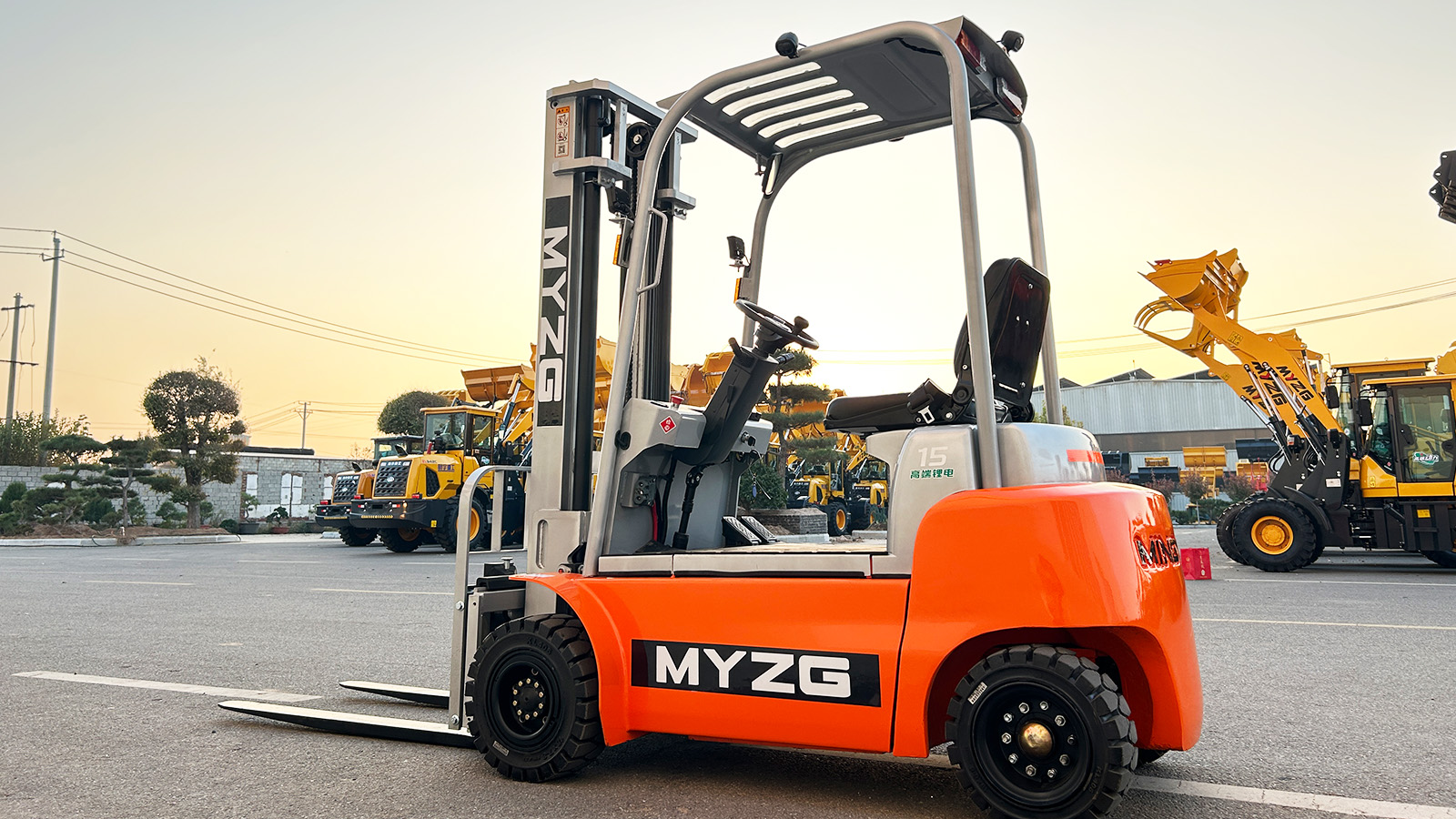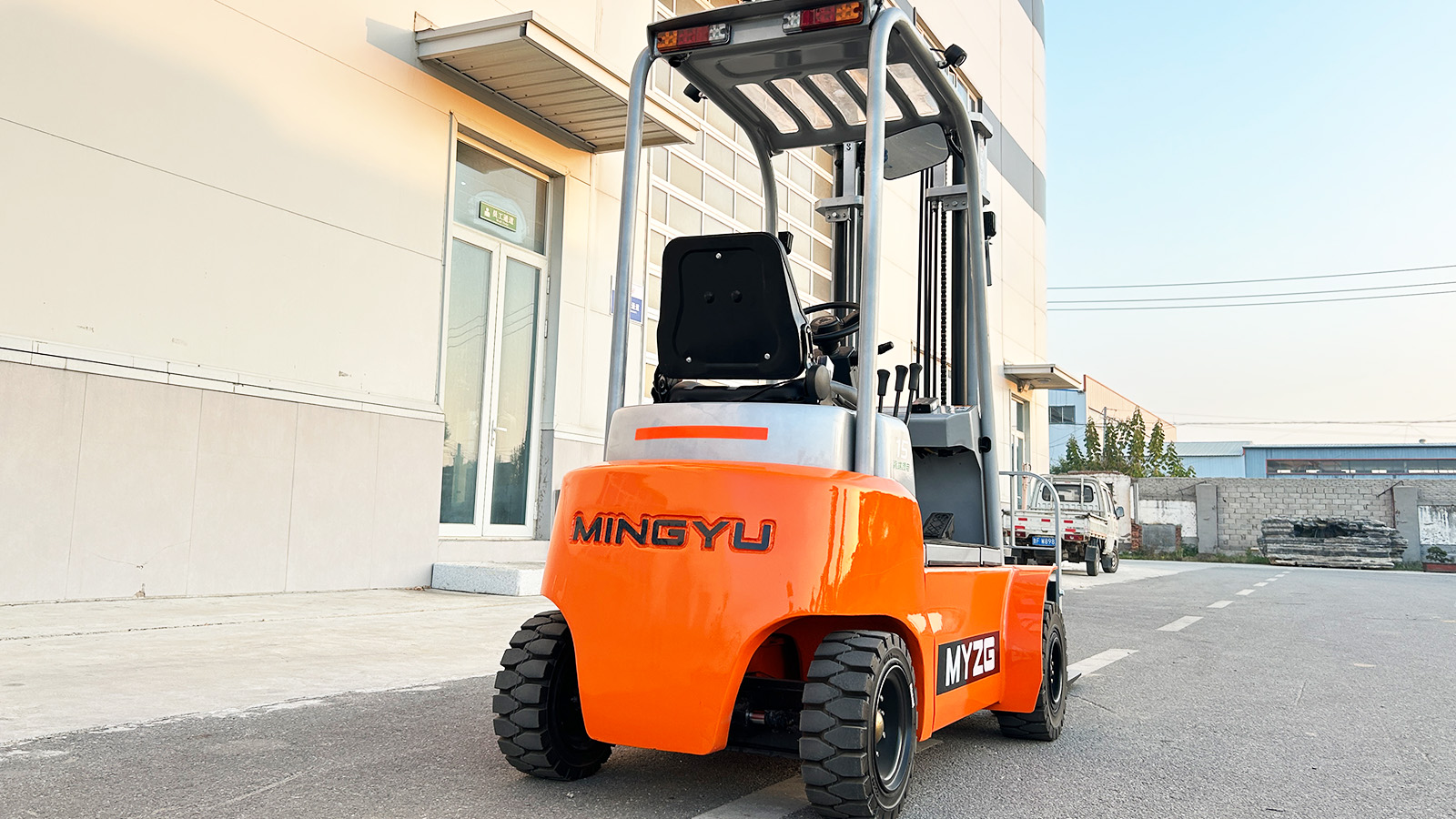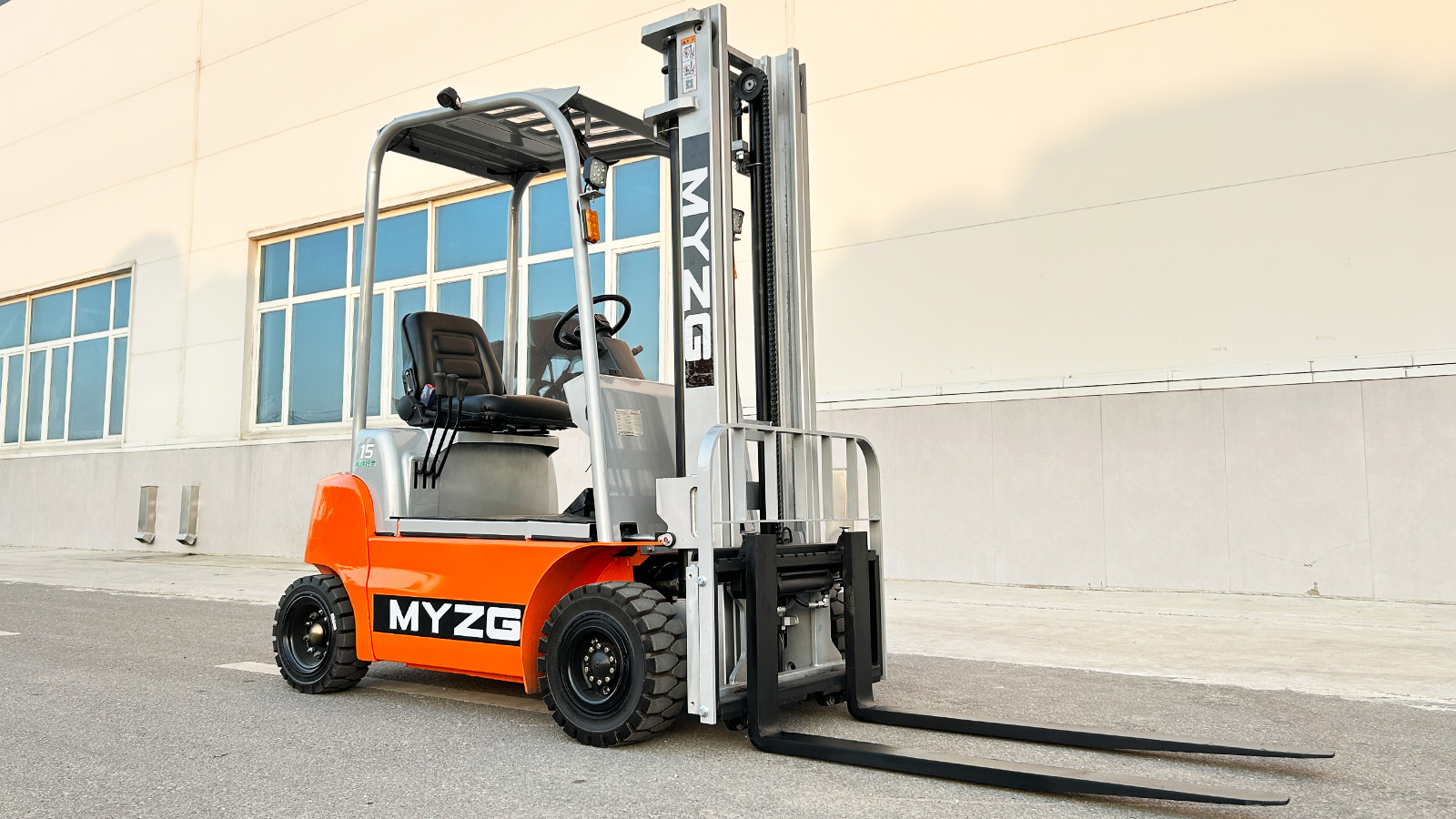1. Introduction
Forklifts play a crucial role in material handling across various industries, with electric and internal combustion (IC) forklifts being the two primary options. While initial purchase costs are often a key consideration, long-term maintenance expenses significantly impact the total cost of ownership. Understanding the maintenance differences between electric and IC forklifts helps businesses make informed decisions regarding their fleet investments.
Electric forklifts have gained popularity due to their lower emissions, quieter operation, and lower maintenance needs. In contrast, IC forklifts remain widely used in outdoor and heavy-duty applications but require frequent servicing. This article compares the maintenance costs associated with both types, examining key components, long-term cost savings, and future trends in forklift technology.
2. Overview of Maintenance Requirements
Electric forklifts rely on battery-powered motors, eliminating the need for fuel-driven components. Their maintenance primarily revolves around:
Battery management (charging, watering for lead-acid batteries, and eventual replacement).
Electric motor servicing, which is minimal compared to combustion engines.
Regular software updates and electronic diagnostics.
Internal Combustion (IC) Forklifts
IC forklifts use diesel, gasoline, or propane engines, requiring regular upkeep such as:
Oil changes and lubrication.
Air and fuel filter replacements.
Exhaust system maintenance and emission control checks.
Cooling system maintenance to prevent overheating.
These fundamental differences significantly affect the overall maintenance expenses over time.
3. Cost Comparison of Key Maintenance Aspects
1. Engine vs. Electric Motor Maintenance
Electric motors have fewer moving parts, requiring minimal maintenance.
IC engines need frequent servicing, including oil changes, belt replacements, and spark plug maintenance, leading to higher upkeep costs.
2. Battery vs. Fuel System Maintenance
Electric forklifts require battery maintenance and eventual replacement. Lithium-ion batteries last longer but are expensive.
IC forklifts have fuel system components (fuel pumps, injectors, and filters) that require regular servicing and may suffer from clogging or leaks.
3. Transmission and Drivetrain
Electric forklifts use direct-drive motors, reducing the need for transmission fluid changes and clutch replacements.
IC forklifts have complex drivetrains, which require gearbox maintenance and periodic transmission servicing.
4. Brake System Wear and Tear
Regenerative braking in electric forklifts extends brake life, reducing wear and tear.
IC forklifts rely on traditional braking systems, leading to higher maintenance and replacement costs.
5. Exhaust and Emission Control
IC forklifts require emissions checks and exhaust system maintenance, adding to maintenance expenses.
Electric forklifts produce zero emissions, eliminating these costs altogether.
4. Long-Term Cost Savings of Electric Forklifts
Reduced Ongoing Maintenance Costs: Fewer components mean less servicing and lower labor costs.
Extended Component Lifespan: Electric motors and regenerative braking systems last longer than combustion engines and traditional braking systems.
Decreased Downtime: Fewer mechanical failures result in increased operational efficiency and reduced repair time.
Energy Cost Savings: Electricity is generally cheaper than fuel, adding to long-term savings.
5. Challenges and Considerations
Higher Initial Cost: Electric forklifts generally have a higher upfront price than IC forklifts.
Battery Replacement Costs: Although battery technology is improving, replacing a depleted battery can be costly.
Charging Infrastructure: Businesses must invest in charging stations and adapt their workflow to accommodate battery recharging.
Suitability for Outdoor Use: IC forklifts may be preferable for rough terrain or extreme weather conditions, whereas electric forklifts may require additional modifications for optimal outdoor performance.
6. Future Trends in Forklift Maintenance
Advancements in Battery Technology: New lithium-ion and solid-state batteries promise longer lifespans and faster charging times.
Predictive Maintenance with IoT: Smart sensors and AI-driven diagnostics help reduce unexpected breakdowns and optimize maintenance schedules.
Sustainability Incentives: Governments and businesses increasingly favor electric forklifts due to environmental regulations and green energy initiatives.
Integration with Renewable Energy Sources: Solar-powered charging stations could further reduce energy costs and environmental impact.
7. Conclusion
Electric forklifts offer substantial maintenance cost savings compared to IC forklifts due to their simpler design, fewer moving parts, and lower energy costs. While they require significant initial investments, long-term benefits include reduced servicing, extended component lifespan, and sustainability advantages. However, businesses must consider battery replacement costs and infrastructure requirements before transitioning to an all-electric fleet. As battery technology advances and predictive maintenance systems improve, electric forklifts are poised to become the more cost-effective and sustainable choice for material handling operations.
Post time:Mar.27.2025



